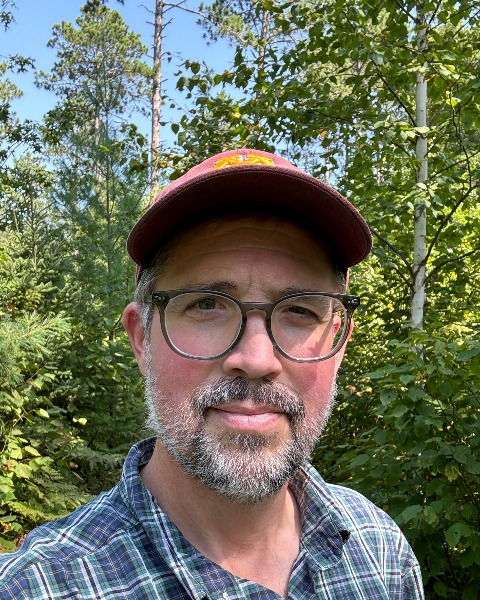Back
Poster
Silviculture
Quantifying Longevity of Standing Dead Trees in Northern Minnesota
Thursday, September 19, 2024
9:30 AM – 10:30 AM MST
Location: McKee Hall

Gregory Harris, M.F.
Graduate Student
University of Minnesota
Minneapolis, Minnesota, United States
Speaker(s)
Interest in standing dead trees has increased due to their role in ecological processes including carbon storage. However, there is limited information linking snag longevity with management practices especially at a species level. A better understanding of species-specific snag longevity and decay patterns will help foresters practice morticulture.
Learning Objectives:
- Upon completion, participant will be able to define morticulture and describe the main elements to consider when managing for standing dead trees.
- Upon completion, participant will be able to list the main factors that affect snag longevity and give examples of how species may follow different trajectories of decomposition.
- Upon completion, participant will be able to describe current, common decay classification systems and describe how species-specific criteria can be used to enhance the utility of decay classification systems.

